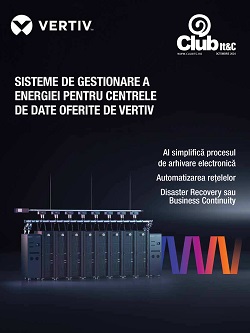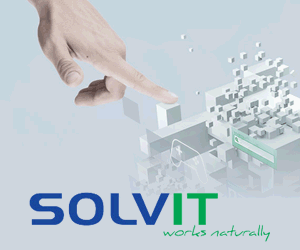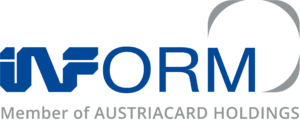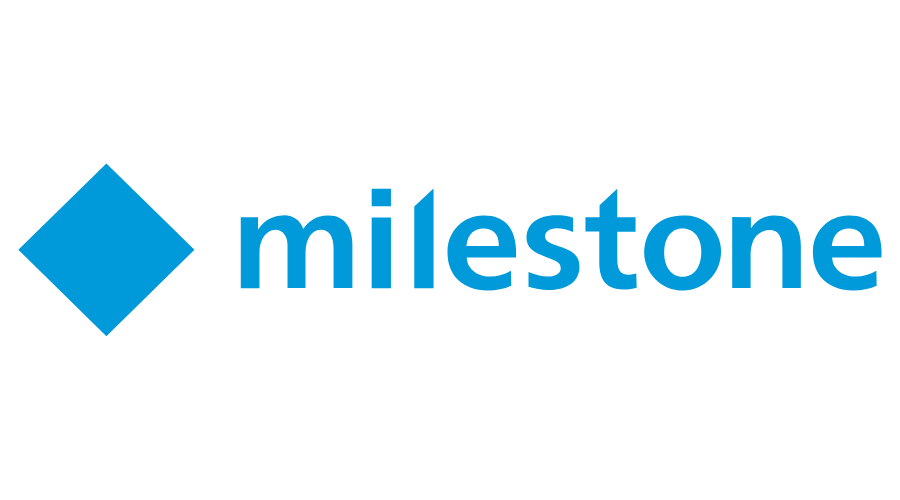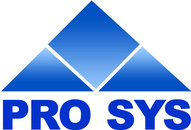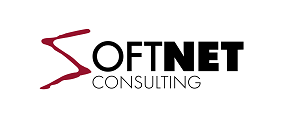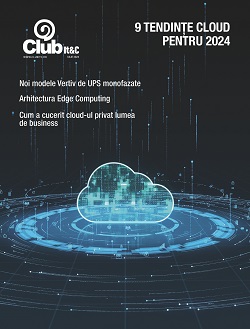If 2020 and the COVID-19 pandemic taught businesses anything, it’s that remotely managing employees is a necessary workstyle change. Certain companies adapted more swiftly than others; agile businesses that had adopted network automation pivoted the fastest and with the least disruption.
 There’s no denying that workforces are evolving at unprecedented rates thanks to the need to support remote employees; what’s not as clear is how workforces will look in the near future. As many as one-quarter of North America’s white-collar jobs are slated to go remote by the end of the year, and opportunities for remote work are expected to keep surging into 2023.
There’s no denying that workforces are evolving at unprecedented rates thanks to the need to support remote employees; what’s not as clear is how workforces will look in the near future. As many as one-quarter of North America’s white-collar jobs are slated to go remote by the end of the year, and opportunities for remote work are expected to keep surging into 2023.
But what will networks look like once they evolve to support remote business continuity? For example, will businesses continue to rely on VPNs to maintain collaboration between employees and departments, or will they choose cloud networking to host their networking resources?
Which aspects of your workforce should you automate?
One thing’s for sure: network automation will be essential for businesses adapting to new, remote workforces. No matter how organizations and their IT leaders choose to support remote employees, they’ll need automation to make the pivot successfully. To that end, let’s cover which aspects of your evolving workforce environment you should automate first.
Device deployments
As your number of distributed employees grows, so does your number of device deployments. As a result, the demand for deployments for cybersecurity, network routing, or remote access has never been higher, and IT departments need automation to keep up with deployment turnarounds. IT departments can use network automation tools to rapidly scale their remote deployments and support thousands of deployment requests within short turnaround times.
Cybersecurity
The more distributed a workforce is, the wider its threat surface becomes. Therefore, missing security patches and errors in remote deployment configurations can introduce vulnerabilities into a company’s wide-area network and, ultimately, compromise its cybersecurity posture.
IT departments can’t hope to mitigate these vulnerabilities fast enough without network automation. Security automation can mitigate manual errors during deployments by applying consistent configuration templates, significantly reducing the number of vulnerabilities introduced into a network.
Software system maintenance
Any IT professional will tell you that keeping the software versions of network devices up to date was tough enough before the pandemic — manually maintaining software system versions for tens of thousands of remotely distributed devices is futile. Instead, automated software maintenance capabilities can allow IT departments to proactively identify which network devices are running out-of-date software versions and push images of current versions to the appropriate network devices.
Configuration management
Distributed workforces necessitate more remote collaboration and, by extension, more configuration changes. So, businesses whose employees alternate between remote and on-site workplaces must regularly change their configurations and access permissions and policies.
IT departments can use network automation tools to easily apply these changes with the help of automated deployment tools and reusable configuration templates. These templates should be intent-based and allow teams to rapidly deploy changes without sacrificing an initial deployment’s consistency or application support.
Consistency in employee experiences
Some employees may view their home office as – understandably – their new, permanent office. However, your employees require performance and access to applications consistent with what they’re used to in the office while working from home, lest their productivity suffers. Their consistent experience depends on their home office’s network devices and, more importantly, consistent access policies and configurations.
It’s impossible for IT teams to provision each employee’s home office manually. Instead, they can use network automation tools to avoid configuration errors, diminished access and application experiences, and vulnerabilities to network security that sometimes arise when employees work from home.
Principles to remember when managing hybrid workforces
Despite the adaptations the pandemic forced many businesses to make, there’s now no shortage of creative solutions you can use to manage a remote workforce better.
You can more easily adapt to an evolving hybrid or remote workplace by keeping some guiding principles in mind:
Promote collaboration by equipping teams with the right tools. You can enable more efficient and productive remote work by equipping your employees with company-provided hardware like laptops, mobile phones, routers, desks & chairs, etc., as well as effective communication platforms like Zoom, Skype, Slack, and Microsoft Teams.
Pair automation with profit-increasing strategies. Automation is essential to increasing long-term profits: businesses’ investments in automation tie directly to revenue increases of up to five to seven percent. U.S. and UK-based businesses are investing as much as 13 percent of their revenues into automation-related tools to stay on track as they adapt to their evolving work environments.
Remain competitive by staying ahead of the automation curve. Businesses that want to compete with other evolving work environments need to remain ahead of the automation technology curve—you must equip as many employees as possible with the necessary skills to stay productive and agile as the trend of evolving workforces and workplaces continues.
Allied Telesis is here to help.
Allied Telesis can help businesses stay on top of the demands of a hybrid workforce with a wide range of powerful automation tools for wired and wireless networks. For example, our Autonomous Management Framework (AMF) simplifies device deployment and configuration and makes device replacement truly zero-touch – ideal for distributed networks managed by small IT teams. Pair AMF with our Vista Manager EX management dashboard and complete network visibility and control are at your fingertips, powered by intent-based automation that increases business agility and reduces costs.
Talk to us to find out more about our network automation solutions.
BY GRAHAM WALKER


